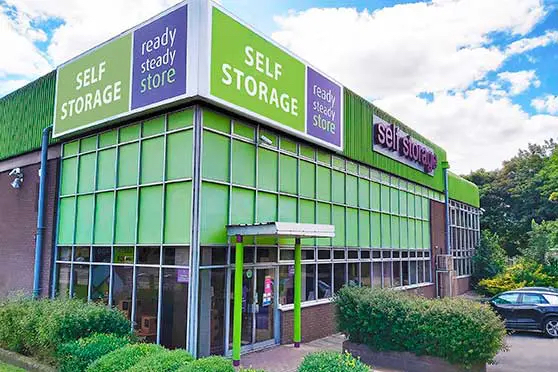Today, flexible payment systems are more necessity than convenience. In simple terms, this technology enables businesses to offer a wider range of payment options to their customers, so however they want to pay, from credit and debit cards to digital wallets to mobile payments, and buy-now-pay-later options, they can be accommodated quickly and safely.
Retailers that don’t embrace these kinds of flexible payment systems are likely to miss opportunities for growth.
Opportunities for growth
Convenience
The most obvious drawback of cash-only market vendors is that they will see fewer sales as many shoppers prefer the ease of mobile payments. Cash can be bulky, fiddly to use and awkward to transport. Many shoppers now carry minimal amounts of physical cash or none at all. By ensuring that a wide variety of payment methods are catered for, store operators can ensure that they aren’t limiting their potential customers.
Data
Flexible payment systems generate a lot of data and this means the potential for lots of insight for store owners. By gaining a better understanding of who is coming into their store, what they are purchasing, when, and by what method, store owners can profile their customers. This allows them to tailor their products and services more effectively, enhancing the experience for both the retailer and the customer.
Joined Up Experiences
Flexible payment systems integrate with various touch points, including payment solution providers (PSP), merchant acquirers, and different payment technologies like unattended payment solutions, mobile devices, and traditional payment terminals. This integration allows them to function seamlessly in both in-store and online environments.This means that for businesses operating in connected ecommerce, they can offer a joined up experience for customers, for example tracking a customer’s purchases wherever they’re made and awarding loyalty points.
International Setups
Many businesses have the ambition of expanding internationally, entering new markets and engaging customers from around the world. Whilst this means embracing exciting opportunities, this is also fraught with challenges, such as ensuring that your company is compliant with regulations in the new jurisdiction you’re operating in. By embracing flexible payment systems you can ensure that payments flow easily across borders, so as a business owner you have a good overview of performance across the whole operation. In addition, customers in different countries or jurisdictions may use different payment methods and are likely to use different banks or payment providers. Flexible payment systems allow you to accept payments from customers quickly and safely, regardless of where you are in the world, what currencies they use or how they choose to pay.
The Importance of Flexible Payment Systems in the UK
The UK’s payment landscape is constantly shifting. According to a recent report from Statista, contactless payments saw a 29% increase in 2023, a trend that demonstrates the crucial need for businesses to adopt flexible payment systems in order to stay competitive and meet customer expectations. Businesses that fail to offer a variety of payment options are likely to alienate customers who are accustomed to the efficiency and safety of being able to pay with the tap of a card or a touch of their phone.
What’s next in the payment landscape?
Payment orchestration is key for players to offer a flexible payment system, as flexibility means to be able to quickly integrate or change, and to be equipped for whatever comes next in paytech. So, if it’s clear now that a flexible payment system through payment orchestration is fundamental for any growing business that relies on in-person payments, what does the future hold? What new trends will ambitious businesses need to look-out for if they want to be on top of their game? There are several technologies emerging at the moment that are likely to change the payment landscape and make flexible payment systems even more attractive to store operators and their customers. .
In a recent guide, flexible payment technology provider Aevi, explored the disruptive potential of biometric payments, which could revolutionise the way consumers interact with payment systems and the way payment security is managed. By integrating biometrics, such as fingerprint or facial recognition, businesses are able to offer faster and safer payment options.
Digital currencies are another trend that store operators need to be aware of. Whilst crypto currencies have had mixed press over the past few years, several central banks are beginning to seriously consider issuing their own digital currencies and store operators need to watch the development of this technology and be ready to take payments in this format.
Overall, the payment landscape is set to evolve at pace over the coming years in ways that are both exciting and security enhancing. The question for businesses is how to take advantage of these developments in a way that works for both themselves and their customers.
